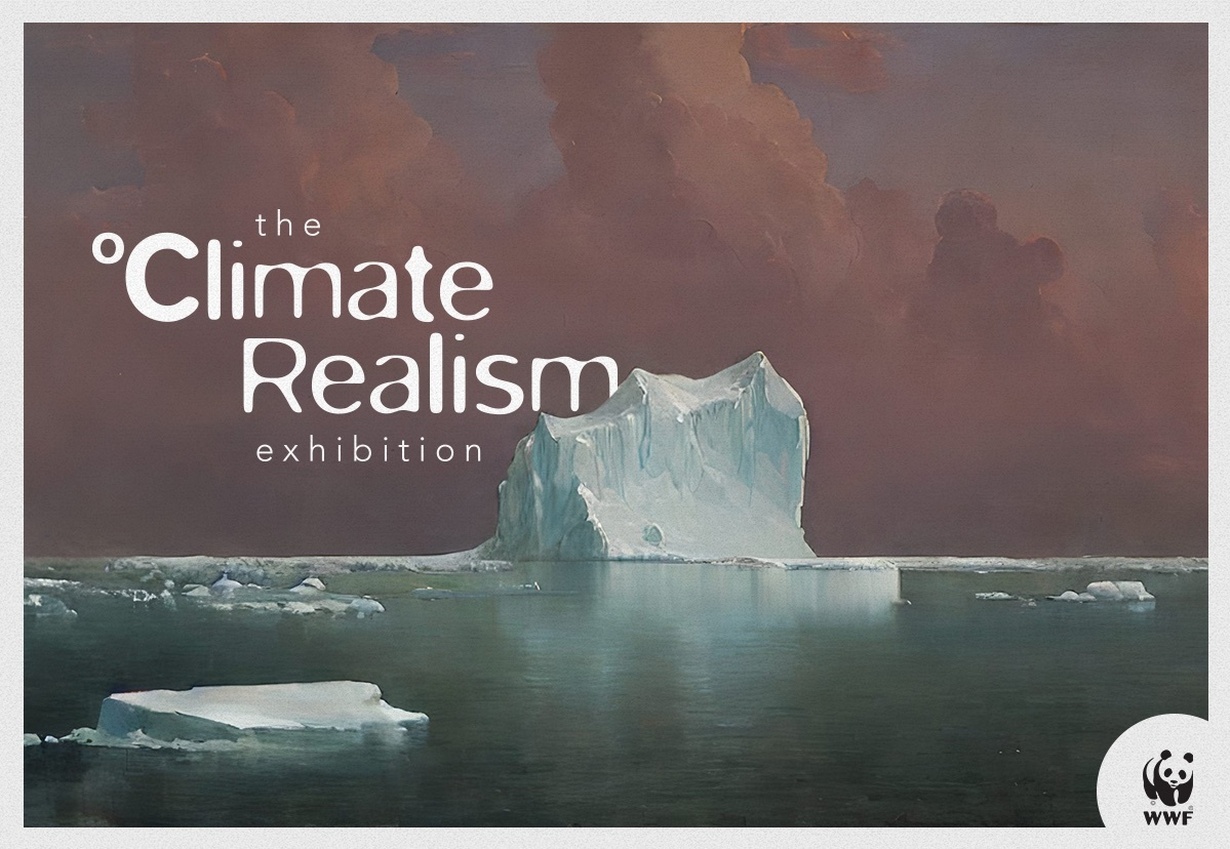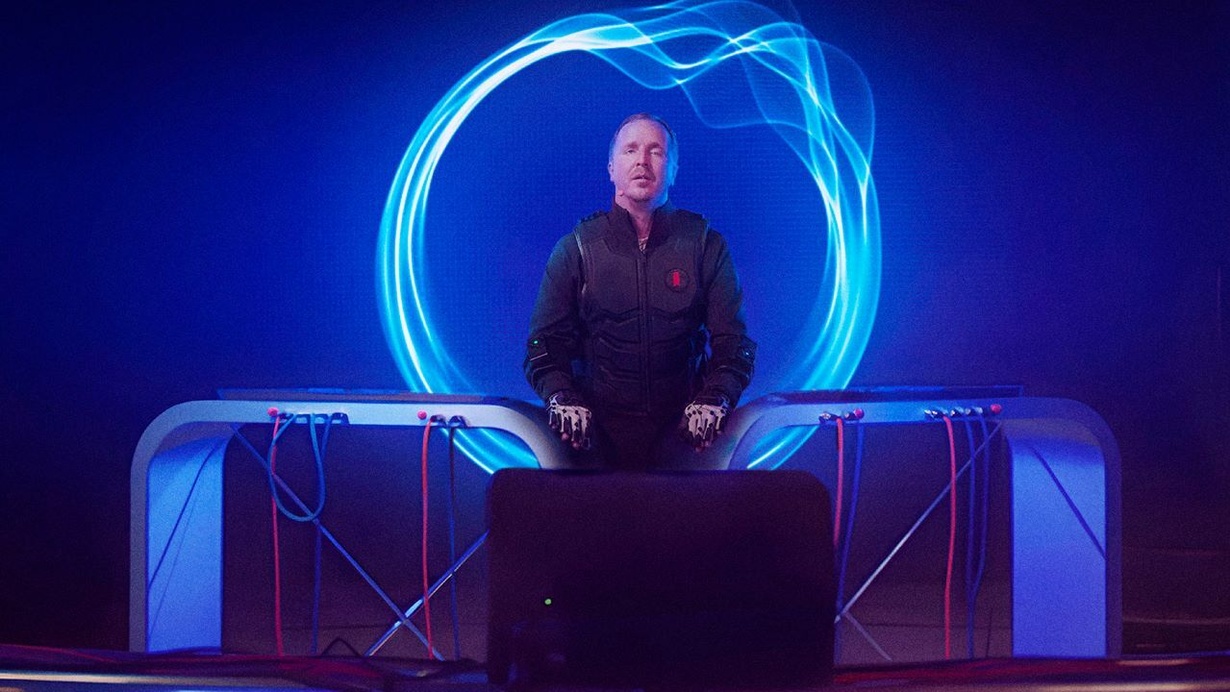
The ADC Awards from The One Club were given out this spring, and Lemke was one of the jury members for the interactive category. Kristín has been part of the jury before and asked Lemke for some of her insights and perspective on the experience.
You were asked to join the interactive jury for the ADC Awards from The One Club. Can you describe your experience of the competition?
The ADE Awards are internationally very well known, and just being asked to be a part of the jury was a real honour. I had never done something like this before, so it being this big award show was quite thrilling. This year, over 20,000 submissions from 65 different countries were divided into 24 disciplines, and I was part of the interactive jury, which judged over 250 submissions. While judging the entries, I quickly became more confident in the process as I noticed I had clear opinions on the quality of the submissions and could defend my valuation. The jury evaluated all the submissions individually in the first rounds. In the end, we came together to discuss the projects that were the most highly awarded and made a final decision on who would get which award. It was very well organized, and they made sure everything was done fairly.
What did you think of the jury you were a part of?
I had seen who was in my jury on the website, but I only met all of them in the final judging round online. I have been part of design teams with very different backgrounds throughout my career, and here again, I realized even though we all might come from different countries, have different expertise and might work in very different companies, we all have similar ways of valuing projects. It means we flag similar things, we speak a similar language and know what questions to ask at moments when we might disagree. It gave me the opportunity to meet people in my field from all over the world and learn from their different perspectives.

My overall favourite project was done by WWF in Germany, which created a series of interactive paintings calling for action towards climate change Lemke Meijer
How would you define the perfect ADC Awards winner?
For me personally, the message comes first. I prefer projects that help improve our world—one way or another. I am also looking for innovative approaches to technology, storytelling, and, of course, empathy in connecting to the audience.
What have you learned about submitting to an award show? From a juror’s perspective?
Realizing that juries have to review so many submissions means that there is only a short timeframe in which your point needs to be heard. We spend maybe up to 3 minutes per entry (that is 12,5 hours!), and a good video really is the key. Additional visual material and data can help strengthen our opinion.
What is having the biggest impact on creative trends at the moment?
Of course, many projects used AI in one way or another. Although, in many cases, it still felt a bit like a gimmick, I saw some creative use of AI that solved challenges for some projects. For example, a formal speech that was translated into multiple languages using the voice of the speaker and even adapted his mouth to the sounds. The use of AI kept the speaker's character and would bring him closer to the different target groups. At the same time, a project like this can also question the ethical boundaries of AI: should we be altering people’s appearances at all? By doing this, it opens the floodgates to dystopia. It will challenge people’s trust in the media, what is real and what isn’t, and is a fertile ground for even more misinformation. (This also might be the reason why I cannot find a link to the project online anymore.)

One project, Dreamcaster, opened up a window to the future as it revolved around a person with a disability in an entertaining and empowering way. Lemke Meijer
What were some of your favourite projects?
A few projects were loved by everyone on my jury. One project, Dreamcaster, opened up a window to the future as it revolved around a person with a disability in an entertaining and empowering way. It featured a blind man who was a big basketball fan invited to live comment on a basketball game while being blind… To achieve this, they used technology (including AI) focusing on all the other senses to give him input to be able to live comment. It shows us how to break boundaries and gives a glimpse into possibilities in the future.
My overall favourite project was done by WWF in Germany: The Climate Realism, which created a series of interactive paintings calling for action towards climate change. These were famous paintings like Monet’s water lilies, and through the use of AI, these paintings were transformed into what they would look like if we didn't do anything about climate change. It was all based on the predictions of the IPCC report. Besides that, it was extremely beautiful, and it was based on science, grabbed people’s attention, creatively used AI and managed to hit an emotional string with the audience.
If you want to read the insights report from the awards, click here.
Below, you can watch mini-documentaries in which Lemke explains the concept design process and story development.
Torfi Stefán Jónsson from Thingvellir National Park and Lemke discuss the exhibition concept design, thought processes, story development, and interactive installations inside the exhibition at Thingvellir.